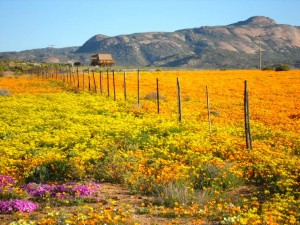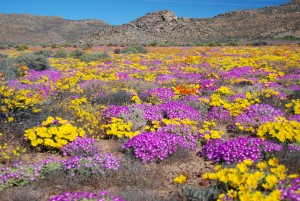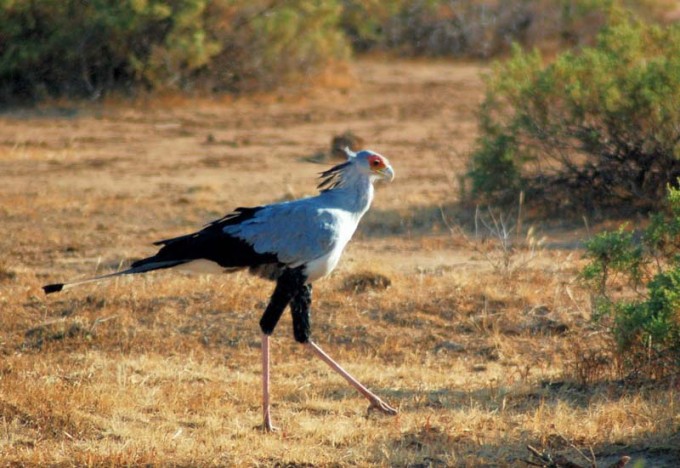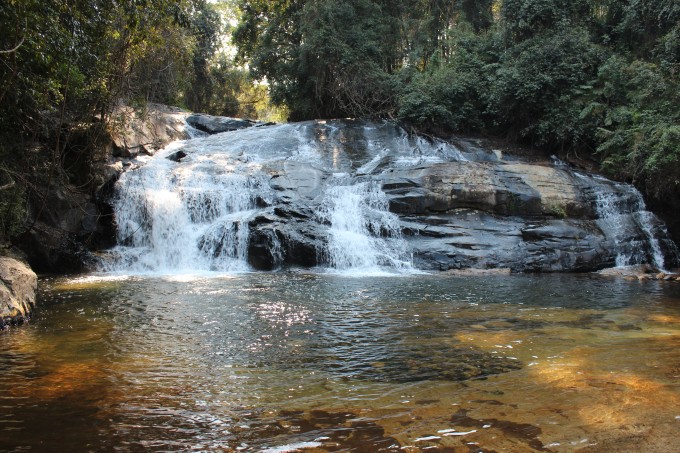Namaqualand Flowers

By Simone Loxton
There’s a special phenomenon that occurs annually through the months of July to September. The land that is at once a wilderness of semi-desert – an arid and dusty plain that stretches below the base of an extensive mountain range – slowly adopts a carpet of orange, white, yellow and purple.
Throughout South Africa, this phenomenon is known as the Namaqualand daisy season, when multiple flower species spring up to conquer a piece of South Africa. For only a short spell and as if tainted by a painter, the flower route begins roughly five hours north of Cape Town. However, in true daisy style, the flowers live by the sun, so approaching them from the north is the best way to view the multitudes of species which include not only daisies, but also Gousblomme, Vygies, Nemesias, Lachenalias, Babiana and Ixias. Certain species are only found in these parts – species such as the yellow Leucospermum Reflexum, the Snow Protea (Protea Cryophylla), blue Lachanaea Filamentosa, yellow Sparaxis, pink Cyanella Alba and the Clanwilliam Cedar (Widdringtonia Cedarbergensis).
Relying heavily on the weather, the some 4 000 species of plant seeds lying patiently to germinate each year requires a different weather formula to do so. Because of this, every year is different including the times, colours and range of flowers on display. But, at the same time, the reliance on the weather may cause a sort of non-phenomenon, making some years worse than others. The best way to find out where and when is to contact the local tourist information shop – depending on which dorp it is you plan on visiting.
The flowering systematically begins up north where the sun hits with its warmth first after the cold winter months, and flows down south, hence the extensive time period of opportunity. The real flower show belongs to a series of drives that centre on the towns of Garies, Springbok, Kamieskroon and Port Nolloth, way up the N7. Included in the wild flower route are the Richtersveld National Park, Goegap Nature Reserve, and Skilpad Wild Flower Reserve.
Take at least two to three days to holistically view the spectacle. Once there, you don’t need to drive, but instead can hike or cycle your way through the torrent of colour. The best time to view the flowers is between 10:30 and 16:00, so there’s no rush – but if it’s overcast or raining, it’s not even worth it as the daisies won’t even open. If you are only able to make it during September, skip Namaqualand and stick to the West Coast as the flowers will be in their prime. Just remember, the flowers are there to be seen, not picked!




